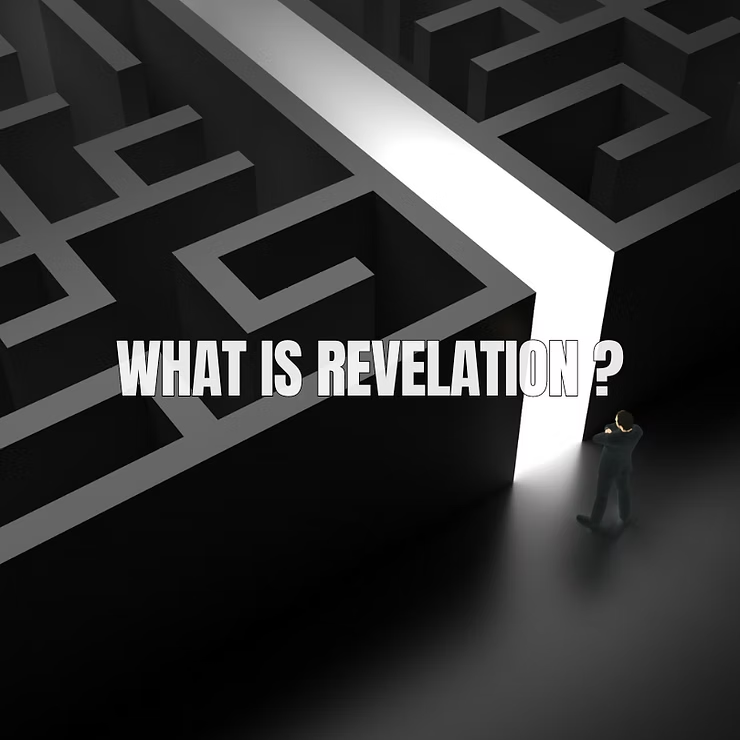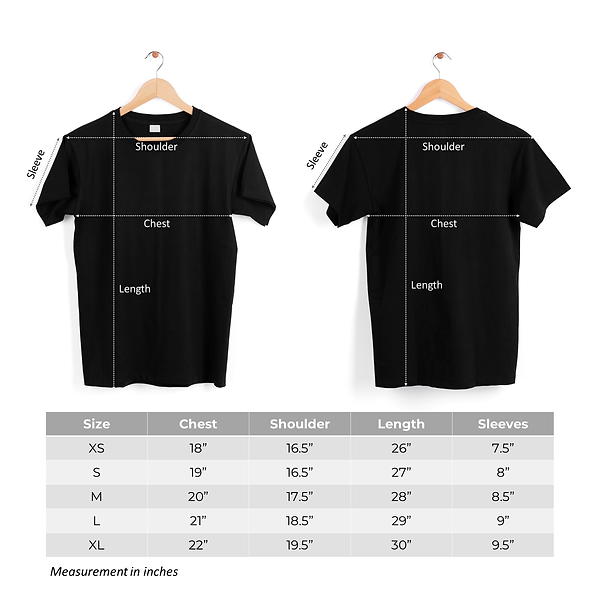Decoding Revelation’s Prophetic Vision
This apocalyptic letter from John offers both warning and hope, revealing God’s sovereign plan through vivid symbolism and ultimate triumph over evil.
Core Revelations
- Christ’s imminent return in glory
- Final judgment of evil
- Establishment of the New Jerusalem
- Eternal reign of God
Understanding Revelation’s Framework
Author & Historical Context
Written by the Apostle John during Roman persecution (c. 95 AD), Revelation:
- Encourages persecuted believers
- Reveals cosmic spiritual conflict
- Uses symbolic apocalyptic language
Key Symbolic Systems
Essential imagery includes:
- The Lamb: Christ’s sacrificial victory
- Seven Seals: God’s unfolding judgment
- Beasts: Political and religious opposition
- New Jerusalem: God’s perfected kingdom
End Times Prophecies
Signs of the Last Days
Biblical indicators include:
- Increased global conflicts
- Rise of deceptive teachings
- Persecution of believers
- Miraculous heavenly signs
Israel’s Prophetic Role
Scripture reveals:
- Regathering of Jewish people
- Final confrontation at Megiddo
- National recognition of Messiah
Practical Implications for Believers
Living with Eternal Perspective
Revelation calls Christians to:
- Remain faithful during trials
- Reject compromise with worldly systems
- Anticipate Christ’s return daily
Preparing for Christ’s Return
Essential preparations include:
- Spiritual watchfulness
- Moral purity
- Active evangelism
- Steadfast hope
The Climactic Victory
Armageddon’s Final Battle
This symbolic conflict represents:
- Ultimate defeat of evil
- Christ’s triumphant return
- Establishment of divine justice
The New Creation
Revelation’s glorious finale reveals:
- Eradication of suffering
- Perfect communion with God
- Healed creation
- Eternal worship

